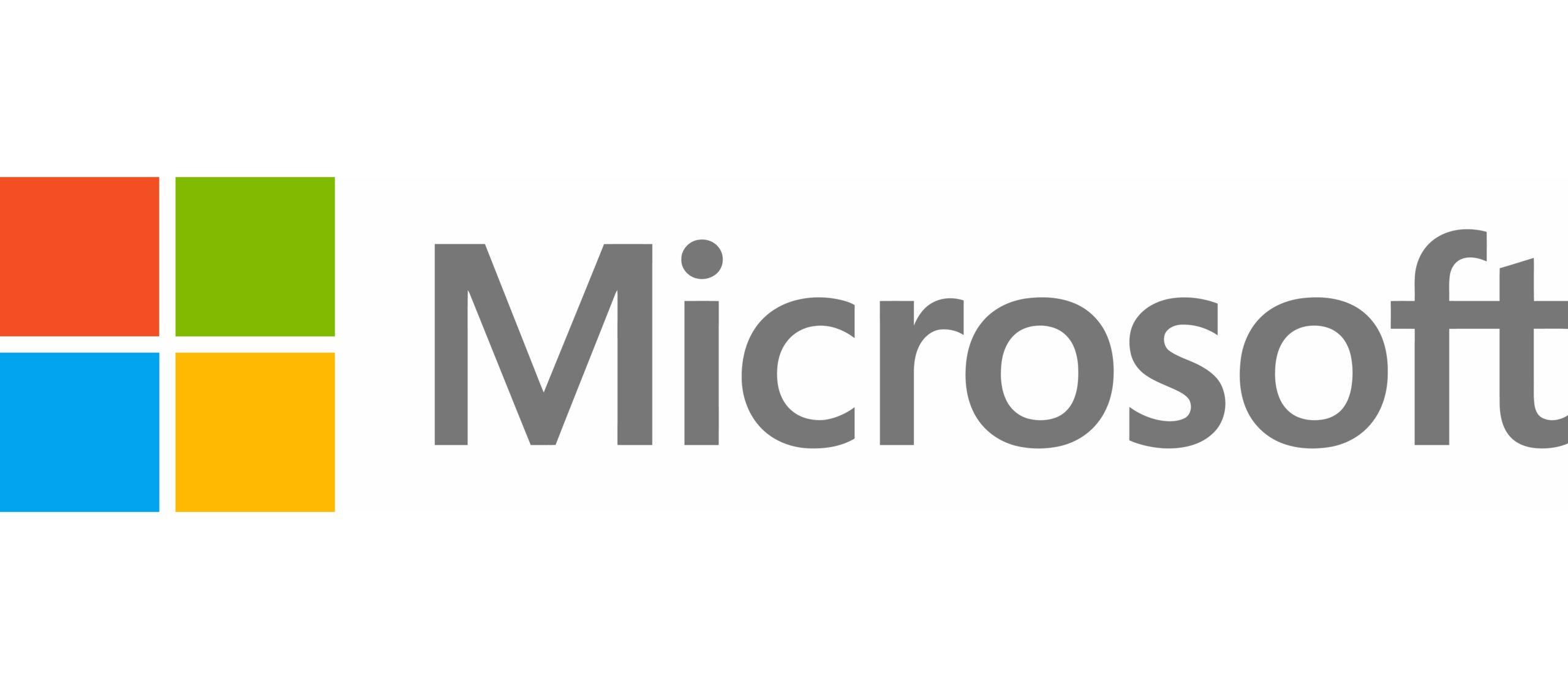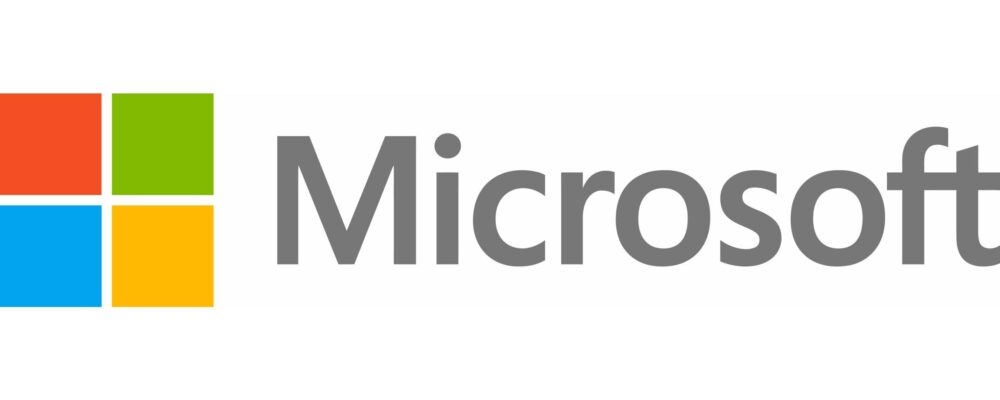
AI is rapidly being woven into many organizations, and it promises to transform every aspect of work, from boosting personal productivity and creativity to working on behalf of teams and automating business processes. At professional services firm EY, integrating AI required radical changes, like crafting guidelines for employee adoption and building its own AI platform. Marna Ricker is a Global Vice Chair at EY who oversees services delivered by more than 77,000 EY legal and tax experts worldwide. Here, Ricker shares insights about how she and her fellow leaders are harnessing the power of AI—from new working practices to helping clients solve their unique tax-related business problems, achieve efficiencies, and create more value from their data.
You’ve been driving AI transformation at EY, and you have been watching it reshape the broader world of tax services. How is it changing your industry?
I’m seeing whole companies shift to an “AI first” mindset. People are using AI as a digital assistant that sits alongside the other productivity tools they use every day. Tax and finance professionals are automating routine tasks, which frees up critical time for more strategic activities. AI is also helping with those strategic activities by summarizing information, identifying anomalies, and highlighting key themes. We’re already seeing up to 14 hours a week in time saved from these basic productivity gains.
How is AI changing the way leaders in the tax space approach specific business needs?
We’re seeing AI unlock a goldmine of data for the organization. This is a big deal because this data has been trapped in organizational silos, and now tax teams can use it to drive value and insights across the whole enterprise. It’s putting tax professionals at the center of complex datasets, enabling them to analyze invoicing data to make cash flow suggestions or sustainability data to make suggestions about incentives or R&D. This presents opportunities—and challenges. For example, are CFOs and other professionals in the finance function ready for the responsibility of holding so much data? Are they ready to communicate insights derived from it to other parts of the business, particularly the CEO and board of directors? Do they know how to source and mine the high-quality data that AI requires?
What are some of the biggest pain points in your profession that AI has helped solve?
EY research shows that the typical tax team spends somewhere between 40 and 70 percent of their time gathering and manipulating data. Tax teams also face increasing levels of complexity around regulation and real-time reporting, downward pressure on budgets, and increased costs of keeping the technologies they use updated. They’re responsible for about the same number of decisions and actions today as they were 12 years ago, but they need to base those on 50 times the amount of data. Then there’s the ongoing headache of the growing skills gap.
AI is already helping to solve many of these challenges. The ability to process vast amounts of data more quickly and more accurately is a game changer for tax return compliance and reconciliation. Our ability to analyze and interpret regulations combined with predictive insights from AI will also help us move to real-time forecasting and make strategic planning decisions based on greater insight into future tax implications.
When it comes to AI, are there specific upskilling opportunities for employees that you are focused on?
Prompt engineering, a fancy term for good question asking, is undoubtedly one of the most important skills for our professionals today: we are moving from a world in which we’re trained to find the right answers to a new world where we are tasked with asking a series of better questions. At EY, we are democratizing access to AI—you no longer need to be a computer programmer or data scientist to use it. But you do need to know how to ask the right questions, and how to make best use of the results.
As we get more familiar with the Copilot concept, I’m also excited to hear about our people starting to use Microsoft’s Copilot Studio to build their own “low-code” copilots to help increase efficiency of routine activities or fully automate processes. This is how firms like EY can take Microsoft’s products and build domain expertise—such as tax and finance knowledge—into their suite of client solutions.
What’s your advice for other business leaders?
Leaders should consult widely and be kind to themselves in acknowledging that there’s no single “correct” answer right now. There are many quick wins for efficiency with AI. For instance, there are so many ways that you can leverage Copilot to get time back or fill any holes in your understanding and preparedness. But for us to get meaningful transformation in any industry, we will need to completely reimagine the future of work and where the value lies for humans versus technology.
At EY, we want to ensure that we leverage the best tech tools available for our people and our clients. That’s probably what many leaders want to do in this moment. The key to doing that is to understand that AI is a machine-led reasoning engine and not a human-led intelligence engine—not one with judgment, emotion, or values. It’s a tool that augments our talents and abilities, not a tool that can ever replace us. That’s how we can ensure humans stay engaged with, and are willing to embrace, the technology to ensure they retain, or indeed increase, their value proposition in the professional services industry of the future.
Microsoft is a technology company, a small local company, with few employees, no offices, and almost making no profit… >>
Please visit the firm link to site




